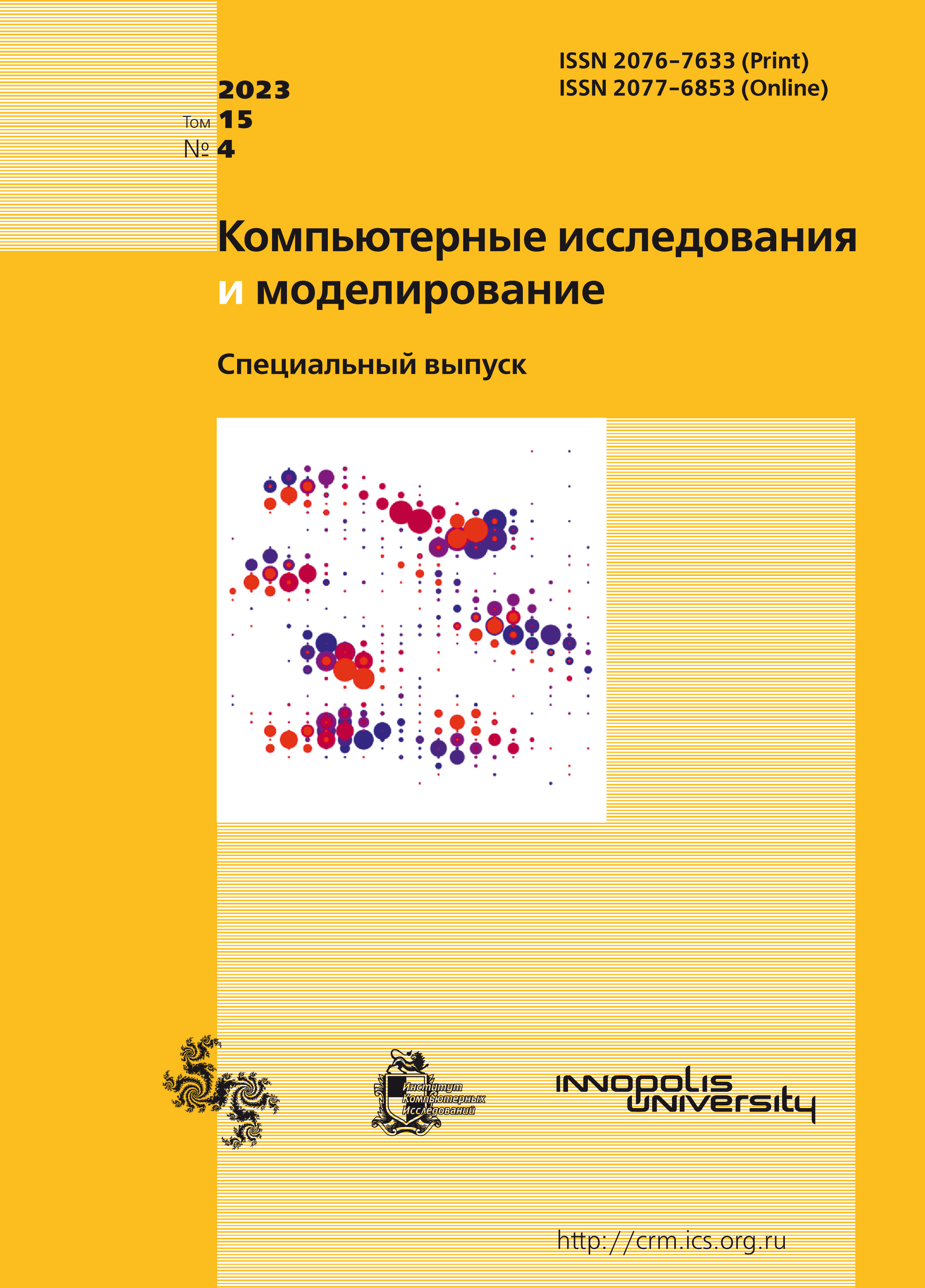All issues
- 2025 Vol. 17
- 2024 Vol. 16
- 2023 Vol. 15
- 2022 Vol. 14
- 2021 Vol. 13
- 2020 Vol. 12
- 2019 Vol. 11
- 2018 Vol. 10
- 2017 Vol. 9
- 2016 Vol. 8
- 2015 Vol. 7
- 2014 Vol. 6
- 2013 Vol. 5
- 2012 Vol. 4
- 2011 Vol. 3
- 2010 Vol. 2
- 2009 Vol. 1
Simulation results of field experiments on the creation of updrafts for the development of artificial clouds and precipitation
 pdf (3840K)
pdf (3840K)
A promising method of increasing precipitation in arid climates is the method of creating a vertical high-temperature jet seeded by hygroscopic aerosol. Such an installation makes it possible to create artificial clouds with the possibility of precipitation formation in a cloudless atmosphere, unlike traditional methods of artificial precipitation enhancement, which provide for increasing the efficiency of precipitation formation only in natural clouds by seeding them with nuclei of crystallization and condensation. To increase the power of the jet, calcium chloride, carbamide, salt in the form of a coarse aerosol, as well as NaCl/TiO2 core/shell novel nanopowder, which is capable of condensing much more water vapor than the listed types of aerosols, are added. Dispersed inclusions in the jet are also centers of crystallization and condensation in the created cloud to increase the possibility of precipitation. To simulate convective flows in the atmosphere, a mathematical model of FlowVision large-scale atmospheric flows is used, the solution of the equations of motion, energy and mass transfer is carried out in relative variables. The statement of the problem is divided into two parts: the initial jet model and the FlowVision large-scale atmospheric model. The lower region, where the initial high-speed jet flows, is calculated using a compressible formulation with the solution of the energy equation with respect to the total enthalpy. This division of the problem into two separate subdomains is necessary in order to correctly carry out the numerical calculation of the initial turbulent jet at high velocity (M > 0.3). The main mathematical dependencies of the model are given. Numerical experiments were carried out using the presented model, experimental data from field tests of the installation for creating artificial clouds were taken for the initial data. A good agreement with the experiment is obtained: in 55% of the calculations carried out, the value of the vertical velocity at a height of 400 m (more than 2 m/s) and the height of the jet rise (more than 600 m) is within an deviation of 30% of the experimental characteristics, and in 30% of the calculations it is completely consistent with the experiment. The results of numerical simulation allow evaluating the possibility of using the high-speed jet method to stimulate artificial updrafts and to create precipitation. The calculations were carried out using FlowVision CFD software on SUSU Tornado supercomputer.
Copyright © 2023 Abshaev M.T., Abshaev A.M., Aksenov A.A., Fisher J.V., Schelyaev A.E.
Indexed in Scopus
Full-text version of the journal is also available on the web site of the scientific electronic library eLIBRARY.RU
The journal is included in the Russian Science Citation Index
The journal is included in the RSCI
International Interdisciplinary Conference "Mathematics. Computing. Education"






